It wouldn’t be much of a surprise if readers of The Press and Journal wondered whether it makes any difference who replaces Humza Yousaf as first minister.
After all, since the SNP won its first Holyrood election in 2007, it has steadily centralised power. This tendency grew stronger under the leadership of Nicola Sturgeon, a control freak of note, and now it often seems the party has lost sight of the priorities of those Scots who don’t live in the Central Belt.
For decades, while Labour dominated urban Scotland, the SNP made much of that party’s neglect of the rest of the country. Nationalist politicians harried the Labour Party’s failure to consider the needs of anyone who had the audacity to live north of the Trossachs.
On winning power, however, the SNP began to take its core support for granted. Having achieved previously unthinkable victories across Glasgow and Edinburgh, the party’s priority was to retain those voters. That meant letting down the north.
The promised dualling of the A9 – hardly unimportant, on the grounds the road is the most dangerous in Scotland – is still incomplete. Meanwhile, support for rural businesses is poor and, perhaps most problematic of all, the SNP has been utterly incoherent on the question of further exploration of North Sea oil beds.
Depending on the audience, an SNP politician may either believe the use of fossil fuels must end immediately, or it must be slowly phased out in a way that causes the minimum damage to the economy of Aberdeen and, indeed, the entire country.
Either a two-horse race or a coronation
We wait for confirmation of which SNP MSPs wish to take over from Yousaf, whose resignation on Monday was forced when his decision to end the power-sharing deal with the Scottish Greens at Holyrood backfired and led to a planned vote of no confidence in his leadership. But, so far, it looks likely that there will either be a two-horse race or a coronation.
If it’s the former, the candidates will be Kate Forbes, MSP for Skye, Lochaber and Badenoch, and former deputy first minister and MSP for Perthshire North, John Swinney, who led the SNP – entirely unsuccessfully – between 2000 and 2004.
But a number of senior MSPs would prefer Forbes to step aside in return for a key role in a Swinney government.
When Forbes stood against Humza Yousaf and Ash Regan in the race to replace Nicola Sturgeon last year, she gave an interview in which she said – as a devout Christian and member of the Free Church of Scotland – she would not have voted in favour of gay marriage had she been an elected member at the time it was legalised. She also holds strongly socially conservative views about abortion and sex outside marriage.
This horrified a number of her colleagues, including the departing Sturgeon, who felt a Forbes leadership would destroy the SNP’s “progressive” credentials. There followed – despite her assurance that her faith did not mean she had any desire to roll back any equality legislation – a rather brutal campaign of briefing against Forbes.
In the end, after Regan was knocked out in the first round of voting, Forbes ran Yousaf very close, taking 48% of the votes to his 52%.
Is another continuity candidate really the answer?
Legitimate concerns – which I share – about Forbes’s suitability for the role remain. She may not have have any desire to undermine existing legislation, but might her faith impact on other issues in future? Are there areas of, for example, scientific research that might collide with her beliefs? Since Forbes has spoken about the influence of her Christianity, these are legitimate questions.
Many in forgotten rural Scotland, even if they are uncomfortable with Forbes’s views, may think she is the best option for first minister
The MSP sought to neutralise the matter of her personal beliefs in a series of social media posts. “Can we,” she wrote, “get away from the language of who is and who isn’t ‘acceptable’ to work with? My world is big enough to embrace the Greens – is theirs big enough? A pertinent question for many.”
Many in forgotten rural Scotland, even if they are uncomfortable with Forbes’s views, may think she is the best option for first minister. She appears to understand the needs of rural and northern Scotland, is articulate and engaging, and – and this should be considered by SNP members – polls show she is more popular than Swinney with the electorate.
As things stand, John Swinney is the favourite to succeed Humza Yousaf. But is replacing one continuity candidate with another really the answer?
Kate Forbes is far from perfect, but might she be best placed to give the north the attention it so desperately needs?
Euan McColm is a regular columnist for various Scottish newspapers

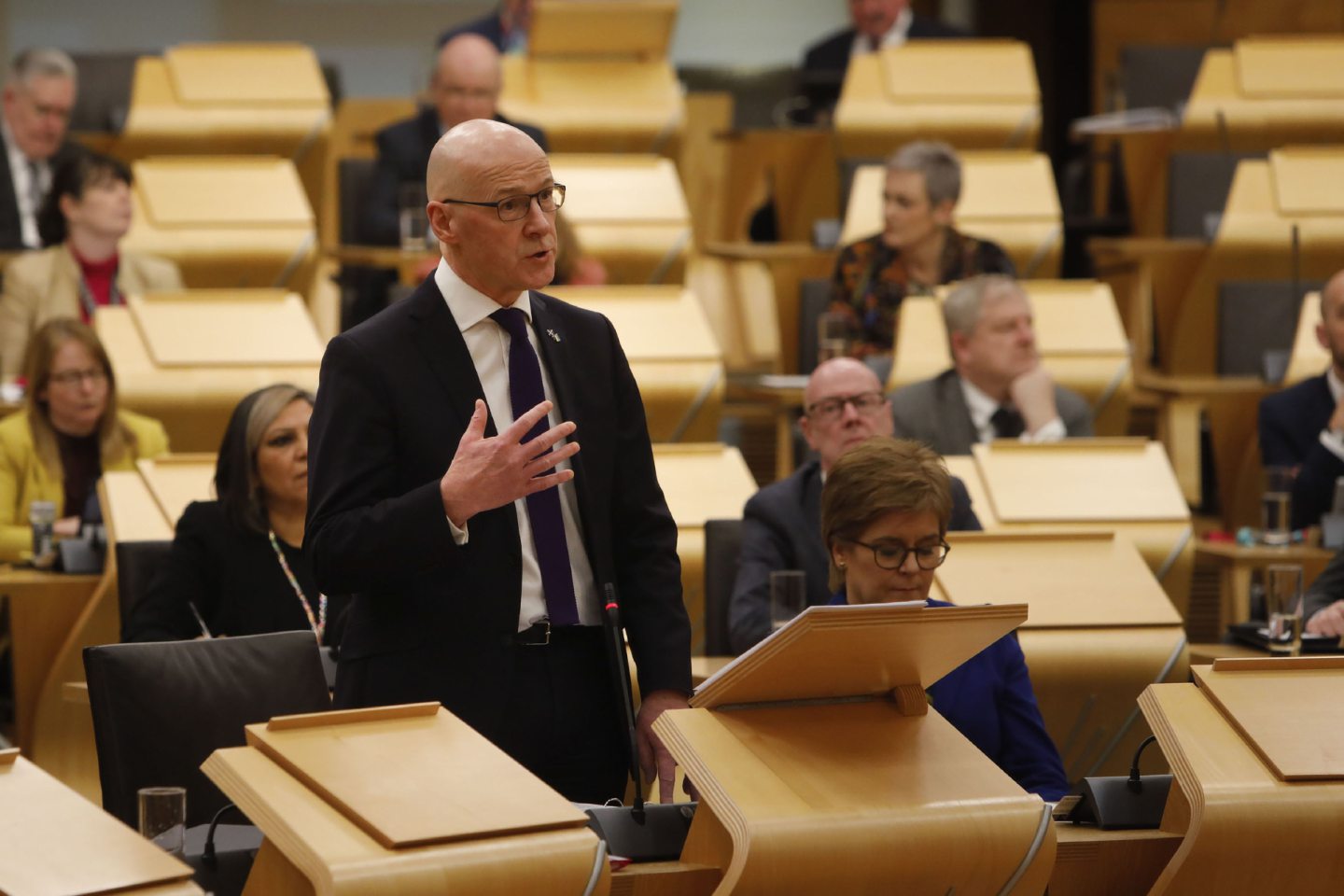

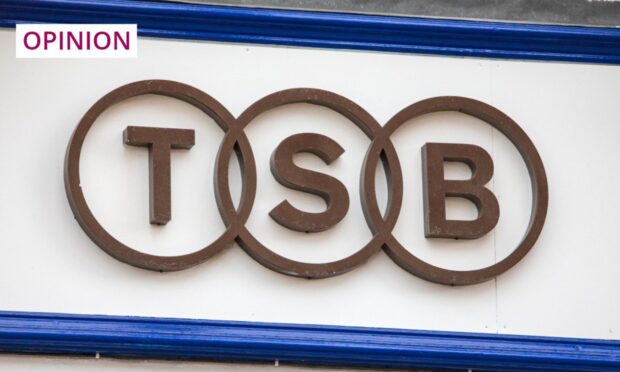
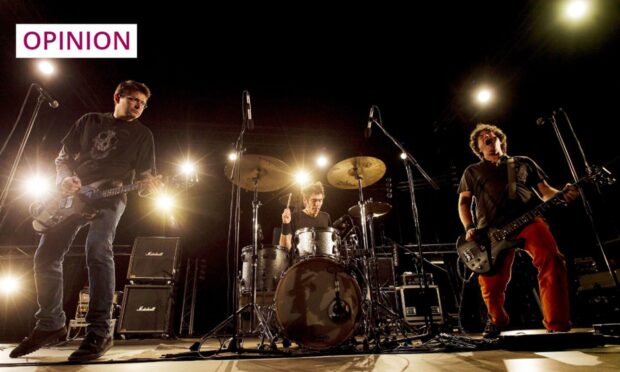
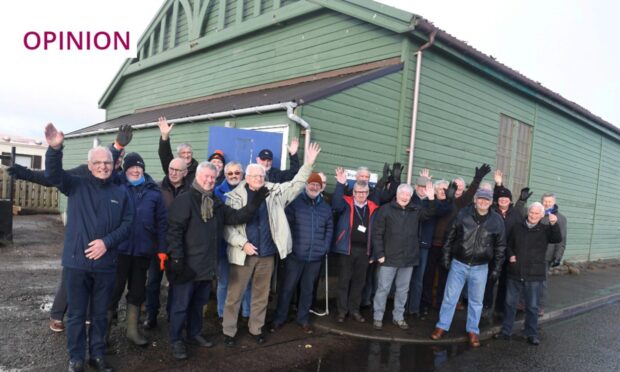
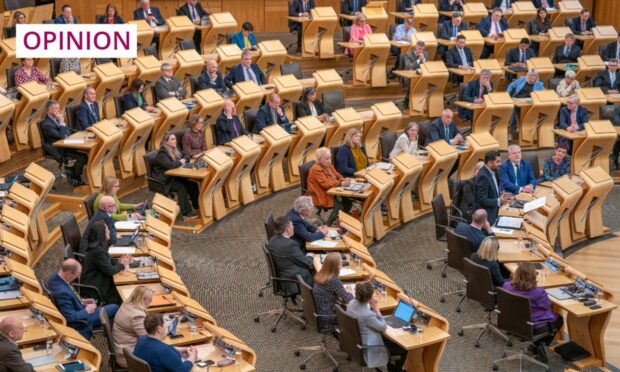
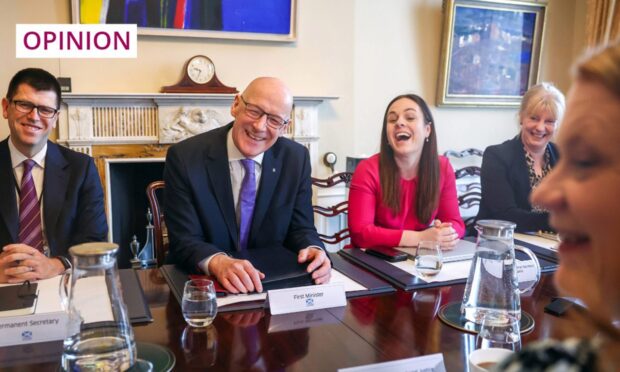

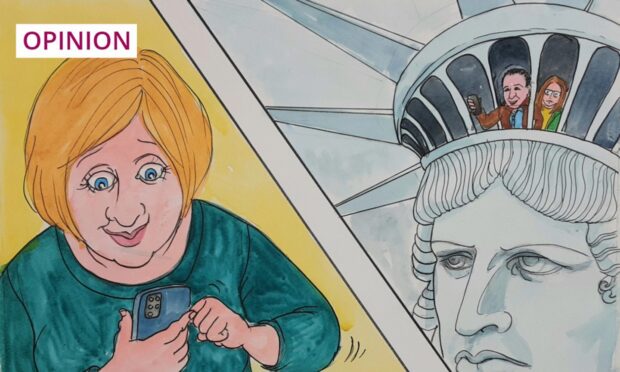
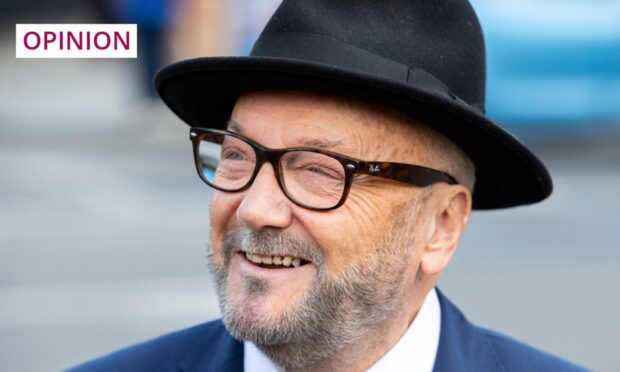

Conversation